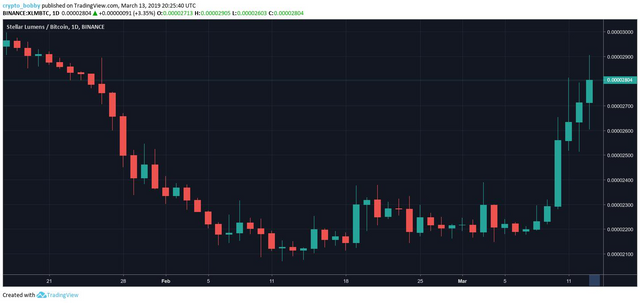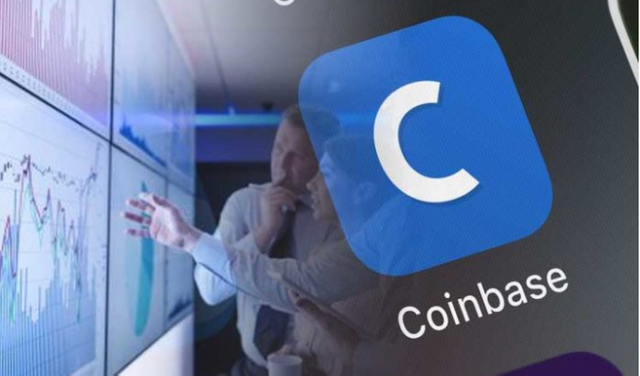WHAT IS THE "COINBASE EFFECT" AND DOES IT STILL WORK?
WHAT IS THE "COINBASE EFFECT" AND DOES IT STILL WORK?
The “Coinbase Effect” is a theory within the cryptocurrency community that postulates that if a token/coin, usually one relatively less well-known, gets added to the Coinbase exchange, its price will increase substantially.
The Coinbase Effect first became apparent in 2017, five years after its launch, when the exchange-listed Bitcoin Cash and Litecoin. Both coins prices doubled after getting listed on Coinbase

Coinbase is one of the largest cryptocurrency exchanges as well as arguably the most user-friendly, making it the starting point for new cryptocurrency traders. The idea is that when a coin gets added to the once-exclusive list of tokens offered on Coinbase, it’ll receive mainstream attention, higher trading volume, and liquidity.
The Coinbase Effect has come into question several times over the past year, mainly due to the underwhelming price gains of the nearly dozen assets added throughout the period – which, to be fair, was in the troughs of the crypto winter.
The Coinbase Effect reached popularity in 2017 with the flood of attention from thousands of new speculators and investors. 2017 was a time where a simple rumor of a digital asset being added to the exchange could give it a double-digit percentage price increase. At the time, Coinbase only had three digital assets - Bitcoin, Ethereum (added July 2016), and Litecoin (added May 2017).
When Coinbase started adding more digital assets, the prices of those assets didn’t experience astronomical price increases as the trader psychology of 2017 would have anticipated. Ripple, for example, was added in February 2019 and the price per XRP only increase about 5%, leaving the asset to hover at around $0.30.
Stellar had a similar lackluster result:
$XLM added to Coinbase Pro but the pump started a week ago 🤔 pic.twitter.com/tmOFb3KEpk

— Rob "Crypto Bobby" Paone (@crypto_bobby) March 13, 2019
https://twitter.com/crypto_bobby/status/1105928686585479170
Today, Coinbase has 15 digital assets, with one of them being a stablecoin. Many analysts assumed the exchanges Midus Touch was extinguished, but then a relatively obscure digital asset LINK (ChainLink) was added in June 2019. Upon its addition, the price per LINK skyrocketed from $2.26 to $4.15 over the next day – a sharp gain of 83.6%.
Admittedly, there are some reservations to make in regards to the Coinbase Effect. The first is that the trader psychology is very much rooted in the speculative “buy the rumor and sell the news” mindset. The second is that Coinbase does actually provide some tangible benefits in the form of attention, liquidity, and volume, so it’s not completely speculative mumbo jumbo. The third is that the price increasing effect is largely a by-product of Coinbase simply running their exchange as they see fit, and pumping an asset’s price isn’t a primary intention (which could also technically be construed as illegal.)
WHAT TO MAKE OF THE COINBASE EFFECT
Of course, we urge our readers to do their own due diligence if they are considering investing in anything, and this information is purely educational and for entertainment purposes. However, it’s worth putting the Coinbase Effect on your radar as there are a few contradicting ideas to its effectiveness.
The first is what we’ve covered – the price jumps stimulated by rumor mills and the ensuing hordes of speculative investors. The sudden surge of demand creates a snowball effect where more people try to get on the rocket ship, which is either headed to the true enterprise value of the asset (in a perfectly sensical world, which cryptocurrency is not), or to a peak where speculators will immediately try to cash out and cause the price to plummet.
The second is a bit of a savvier investment perspective. Some projects added to Coinbase might actually be worth much more than what they were prior to the addition, and all they needed was attention, users, liquidity, and volume. This is especially true for utility tokens, which serve to power a marketplace, network, etc., but often have trouble finding trading volume, making them less appealing to holders.
FINAL THOUGHTS - IS THE COINBASE EFFECT REAL?
The Coinbase Effect is more real than Sasquatch and the Loch Ness Monster, but it definitely isn’t the Holy Grail of a fundamentally intelligent trading strategy.
As evidenced by the data points of assets added in 2018 and 2019, the trend generally shows that being added to Coinbase can have a positive effect on an asset’s price. Absent of the recent LINK outlier, one would assume being added to Coinbase has a diminishing return as more assets get added. However, for relatively unknown assets, being on Coinbase can help launch them to exponential growth.

Ultimately, time will tell how powerful the Coinbase Effect is. It is interesting to see a single corporate entity have such influence on a wide variety of projects. Then again, cryptocurrency as an entirely new asset class will likely be more than just a small footnote in history books – with the Coinbase Effect being one of the more interesting phenomena.
To listen to the audio version of this article click on the play image.

Brought to you by @tts. If you find it useful please consider upvoting this reply.